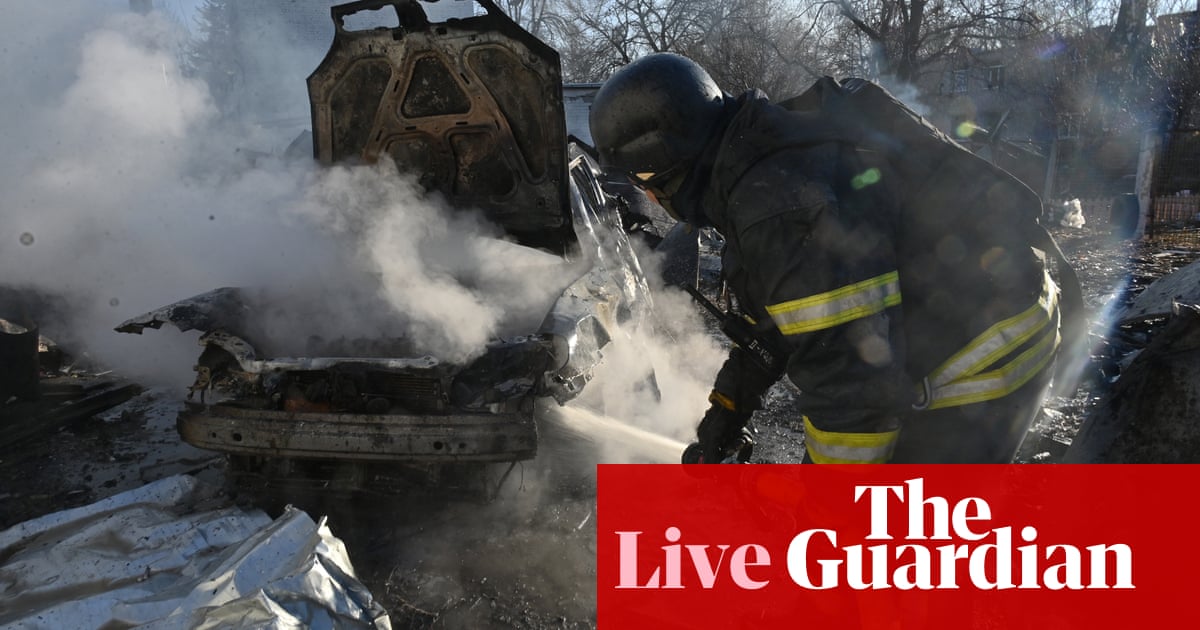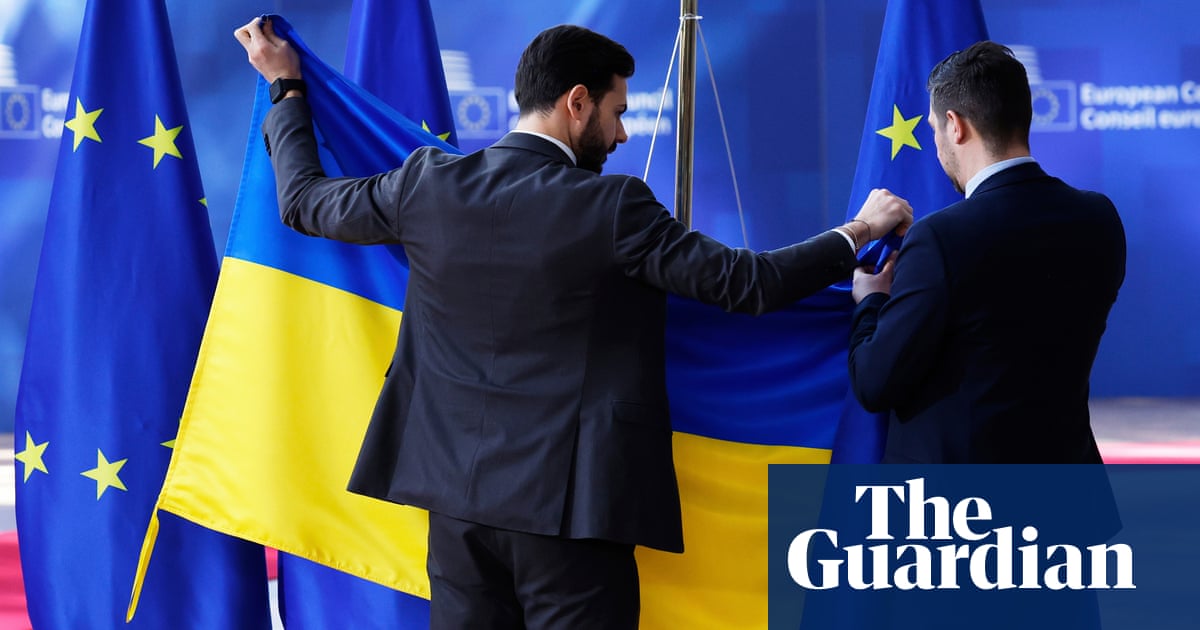Ukraine weapons: What arms are the US, UK and other nations supplying?
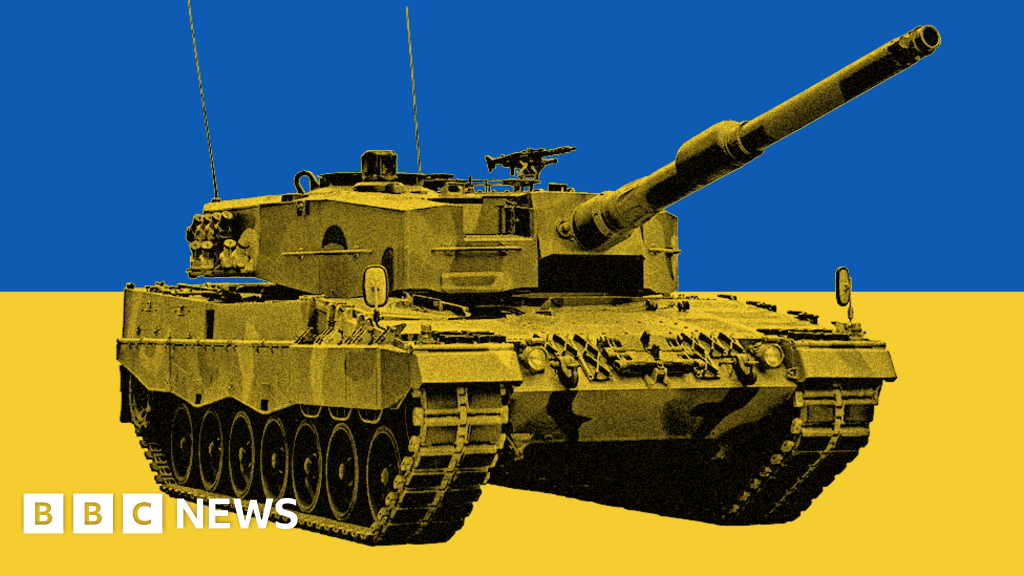
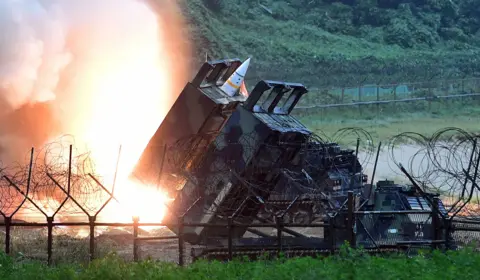 Getty Images
Getty ImagesConcerns are rising that the US may no longer come to Europe’s defence, which could force European countries – including the UK – to increase their military spending.
Since the Russian full-scale invasion of Ukraine in February 2022, western nations have allocated more than $250bn (£205bn) of military, humanitarian and other financial aid to Ukraine.
US President Donald Trump has said he wants Ukraine to guarantee the supply of more rare earth metals in exchange for further support.
Who has supplied the most military aid?
The US has been the biggest source of military aid to Ukraine, including weapons, equipment and financial support.
Between the start of 2022 and the end of 2024, it gave $69bn (£54.6bn) in military aid, according to German think tank the Kiel Institute.
Germany has given $13.6bn (£10.7bn), the UK $10.8bn (£8.5bn), Denmark $8.1bn (£6.4bn), and the Netherlands $6.3bn (£4.9bn).
If all types of aid are included – military, humanitarian and other financial aid – data shows the US has spent about $120bn. That is 43% of total support to Ukraine since the start of 2022.
European Union (EU) countries sent about 18.3% thought the bloc’s institutions.
Some EU members, like Germany, have made additional contributions – as shown in the chart below.
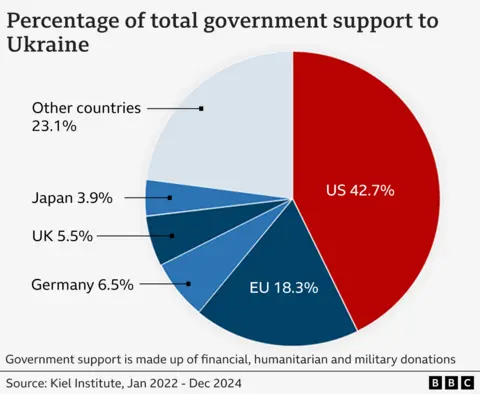
Given the current size of the US contribution, other countries would need to significantly increase support to make up any shortfall.
What about wider defence spending?
Last year, all European Nato members pledged to spend 2% of GDP on defence. Provisional figures, show the UK spent 2.33% (£64.6bn) in 2024, ranking it ninth out of all Nato members on this measure.
The Labour government has committed to increase this amount to 2.5%, although it hasn’t set out when it expects to achieve this.
Had the UK spent 2.5% of GDP on defence last year it would have cost an additional £4.6bn according to the House of Commons Library (although the Institute for Fiscal Studies puts the figure at £6bn).

What weapons have Western countries given Ukraine?
Missiles and artillery
Both Ukrainian and Russian forces have used artillery and guided missiles extensively, to prevent enemy forces advancing and to attack supply depots and command centres.
Ukraine has been using US-made ATACMS missiles which have a range of about 190 miles (300km).
In November, former President Biden lifted the ban, allowing ATACMS to be fired into Russian territory.
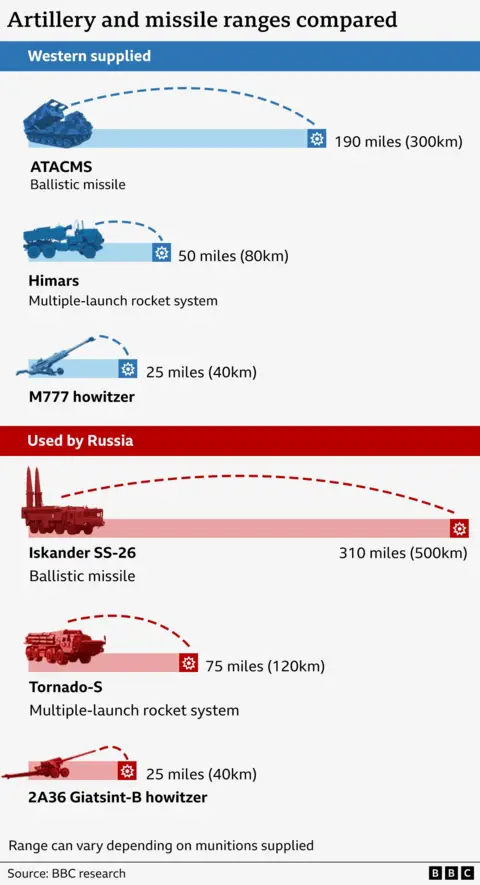
The UK and France have supplied Ukraine with Storm Shadow or Scalp missiles, which have a maximum range of around 155 miles (250km), and which Ukraine has reportedly fired into Russian territory.

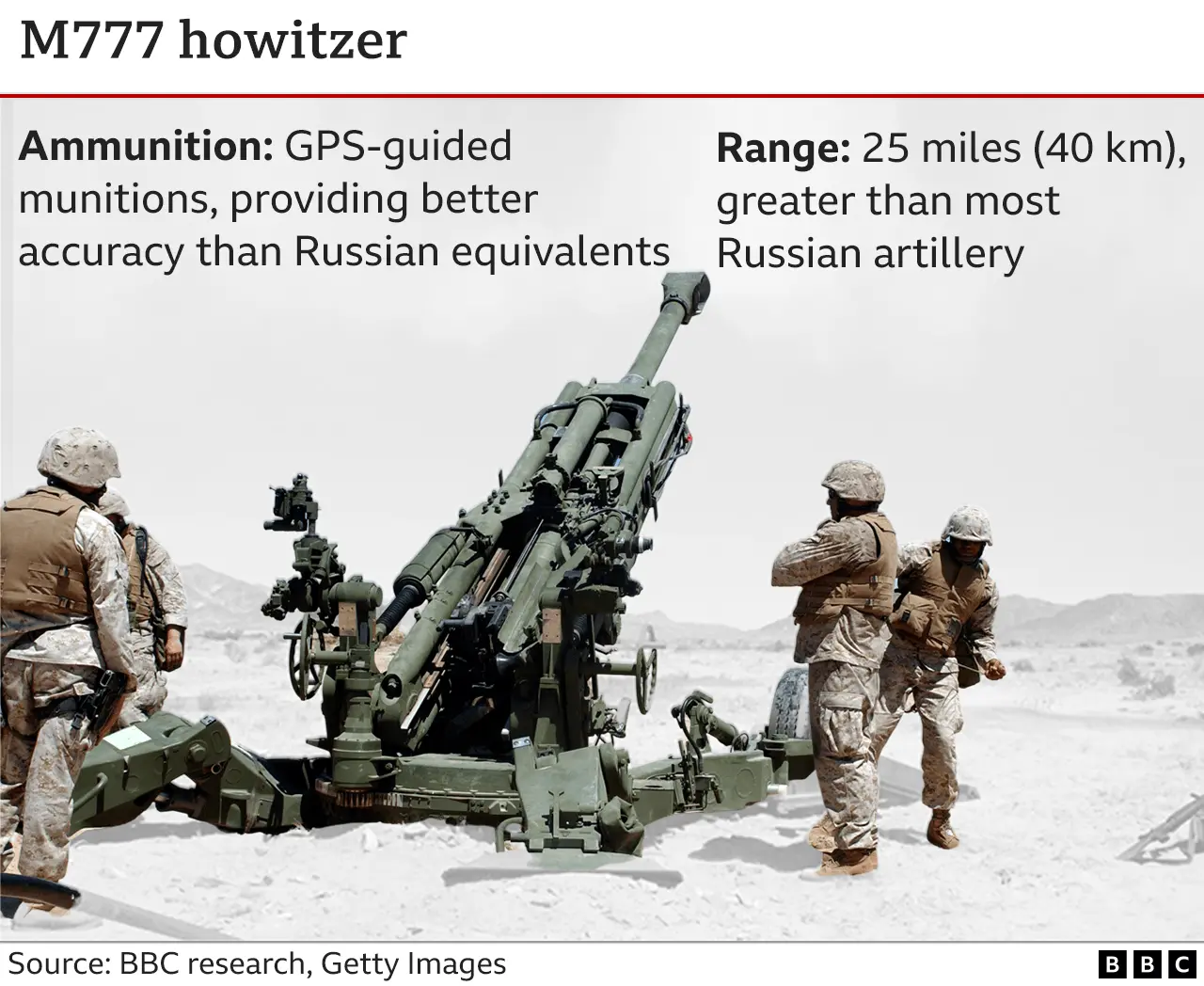
Fighter jets
At the end of July last year, Ukraine’s President Zelensky said its air force had taken delivery of a batch of F-16 fighter jets from the West. He said many more were needed.
Nato countries, including Belgium, Denmark, the Netherlands and Norway, have pledged to give Ukraine 65 or more of the US-made planes, which they had been planning to retire from their air forces.
In August 2023, the US gave permission for F-16s to be sent to Ukraine. Since then, Western nations have been training Ukrainian pilots to fly them.
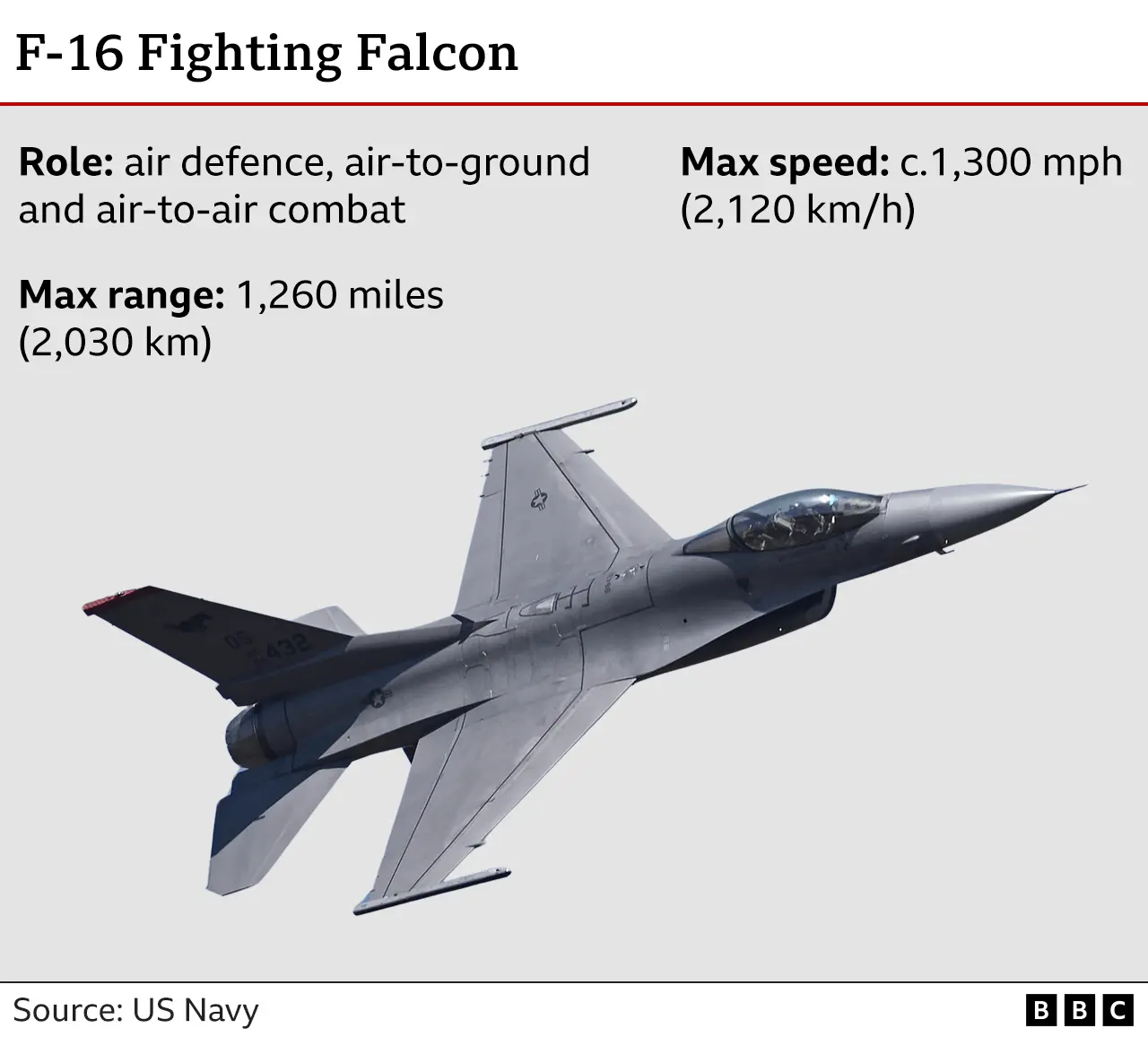
Phillips O’Brien, Professor of Strategic Studies at St Andrews University says: “Ukraine will be using the F-16s mostly for defence against air attacks.”
The US-based Center for Strategic and International Studies says they could eventually be given extra roles, such as attacking Russian air defence systems, command centres and supply depots, and engaging Russian aircraft in Ukrainian airspace.
Air defence systems
To counter Russian drone and missile attacks on Ukraine’s cities and infrastructure, Western nations have sent it several types of air defence system.
These range from the UK’s short-range anti-aircraft weapon, Starstreak, to the Patriot missile system.
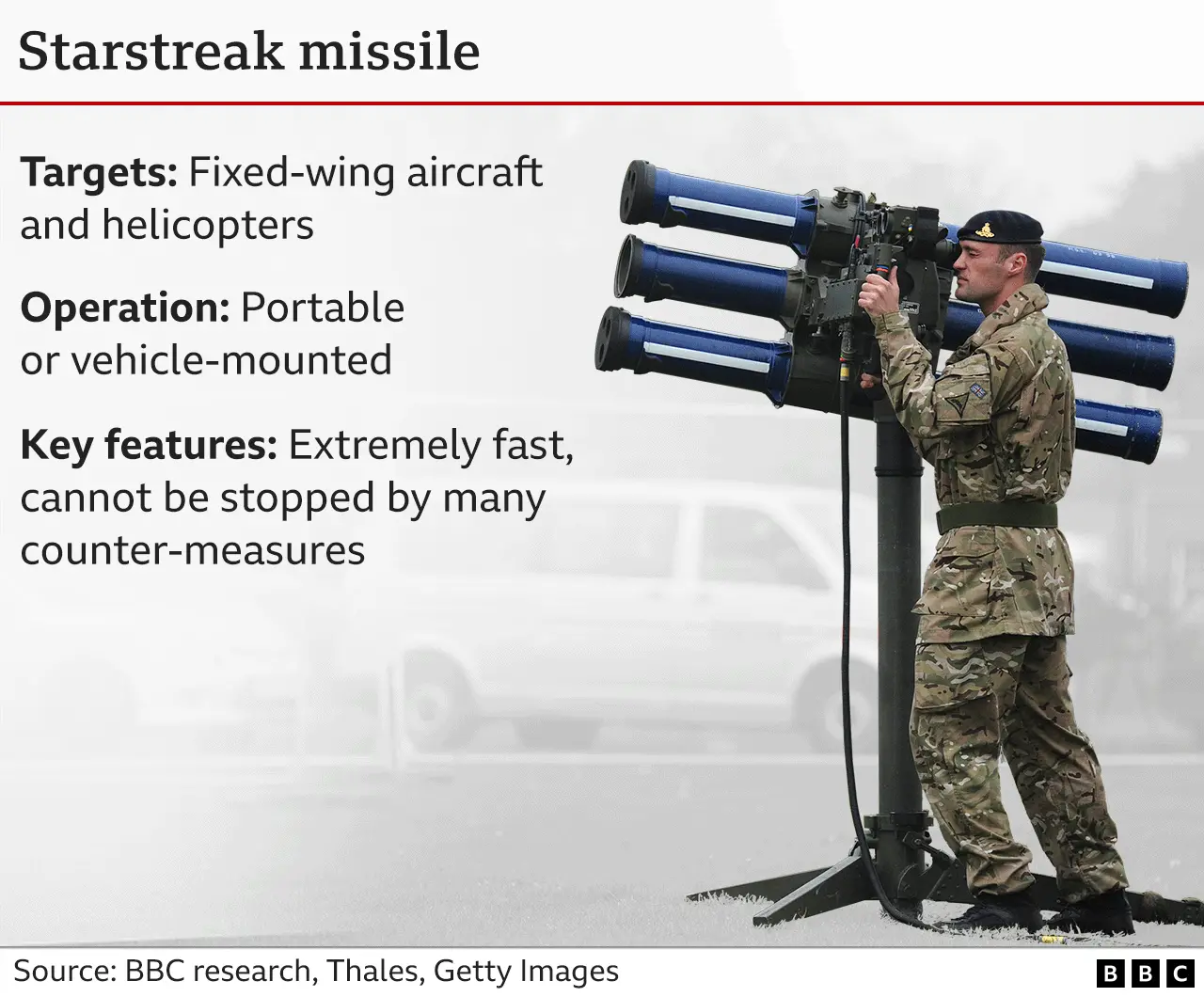
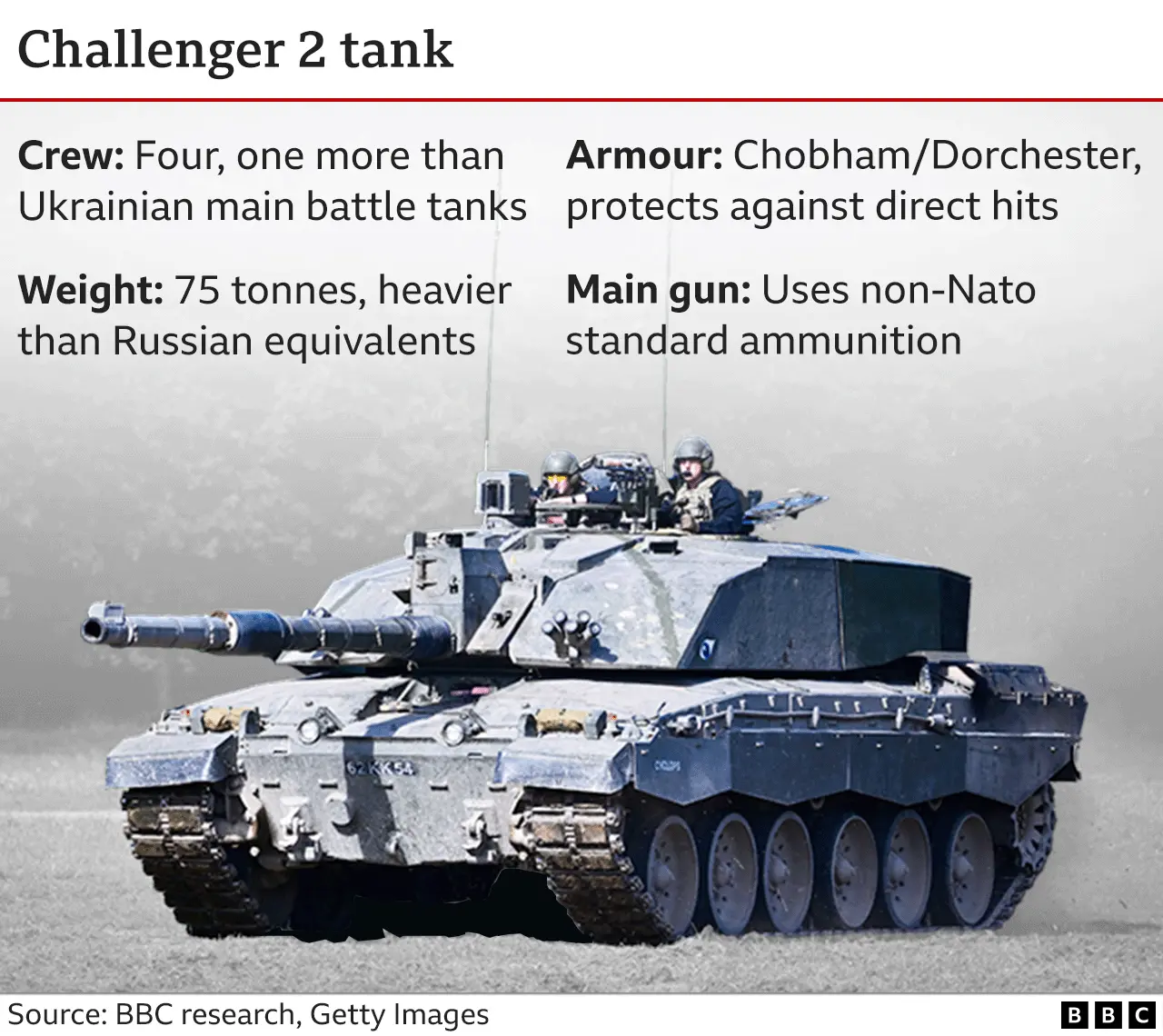
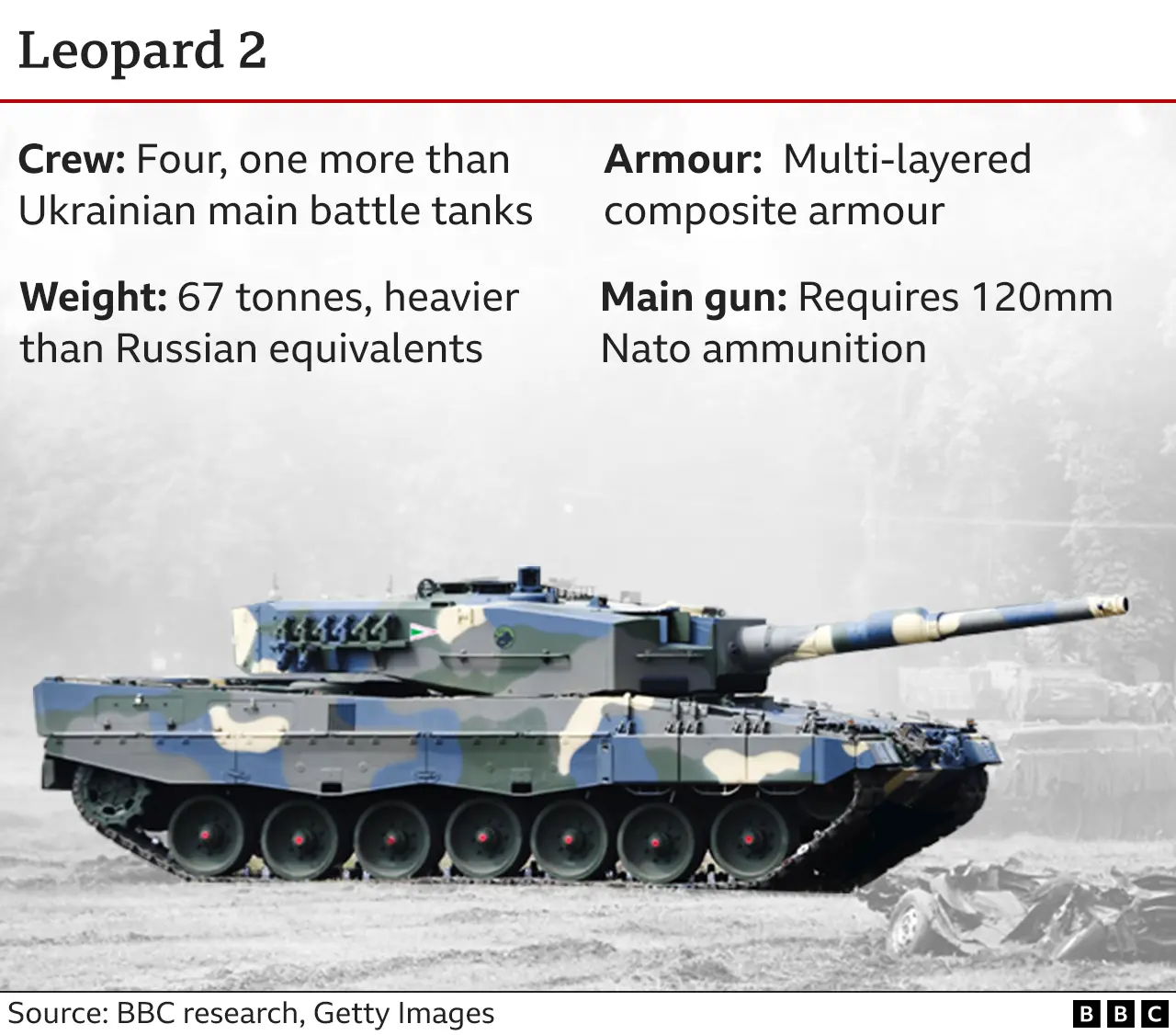
The US sent 31 of its M1 Abrams tanks, which are thought to be the most advanced in the world.
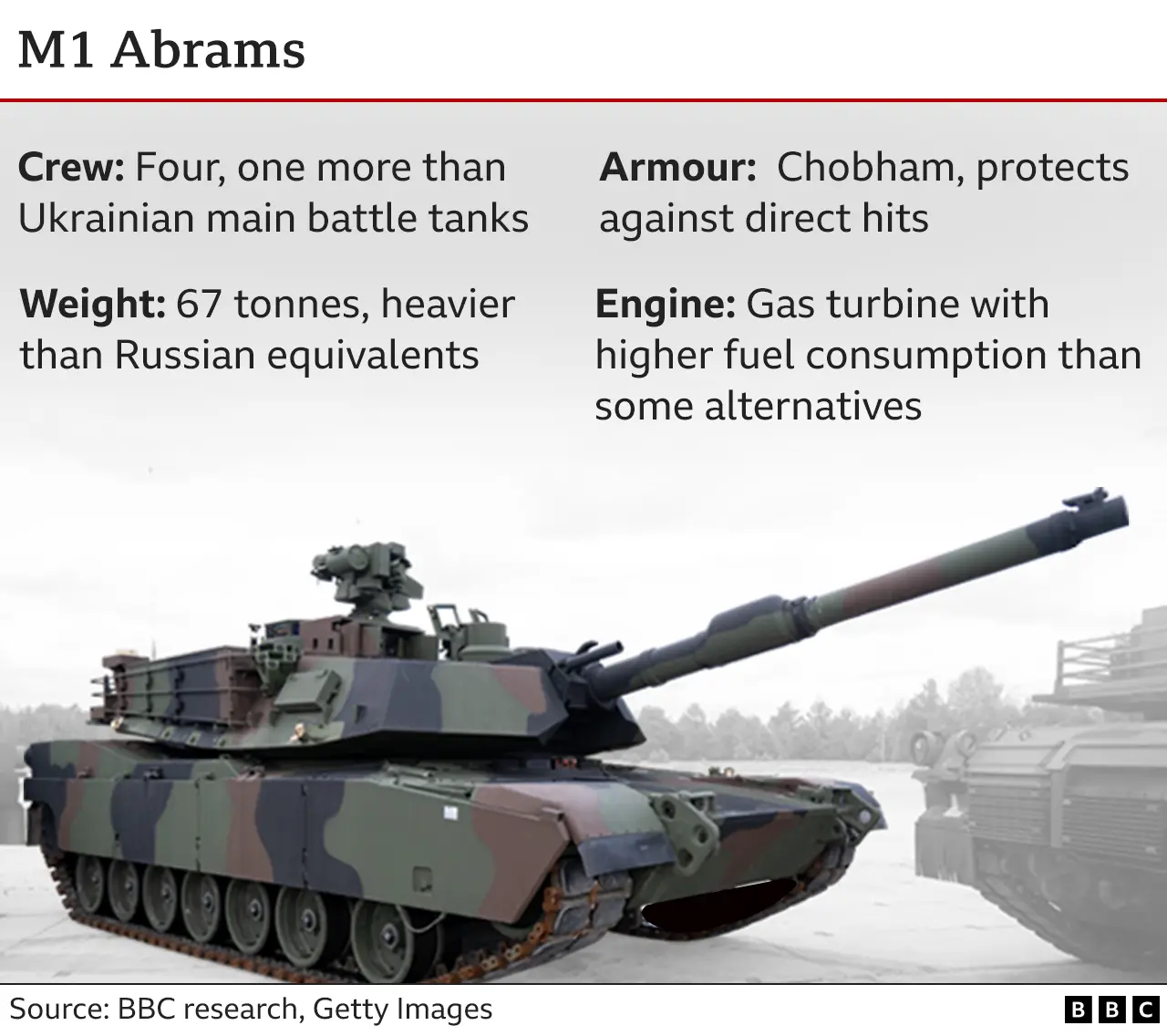
Anti-tank weapons
Western countries first responded to Russia’s invasion in February 2022 by supplying Ukraine with defensive weapons to counter the enemy’s armoured brigades.
The US and UK supplied thousands of Javelin and Nlaw anti-tank missiles. These were considered crucial in stopping the advance of Russian forces on Kyiv.

Drones
Drones have been used extensively throughout the war, for surveillance, targeting, launching missiles and as “kamikaze” weapons.
Turkey supplied missile-firing Bayraktar TB2 drones at the start of the conflict, the US has provided “Switchblade” kamikaze drones, and several countries have sent commercial surveillance drones, such as the Chinese-made DJI Mavic 3.
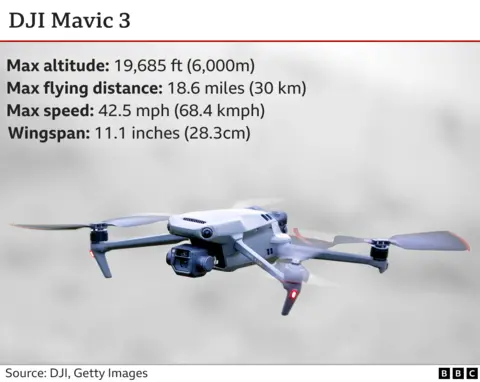
Related
Zelenskyy reiterates call for air truce after huge Russian attack…
We need Russia to stop attacks, Zelenskyy says, backing calls for truce in air, at seaUkrainian president Volodymyr Zelenskyy has responded to overnight attacks
Europe scrambles to rearm as Trump threatens security guarantees and…
CNN — European leaders have vowed to rearm the continent at historic emergency talks h
Russia launches ‘massive’ attack on Ukraine after Europe rushes to…
Ukraine's energy and gas infrastructure came "under massive missile and drone shelling" by Russia on Friday, a Ukrainian minister said."The energy and gas infra
American severance may be averted, but Europe’s leaders must fear…
With a mixture of regret, laced with incredulity, European leaders gathered in Brussels to marshal their forces for a power struggle not with Russia, but with t

